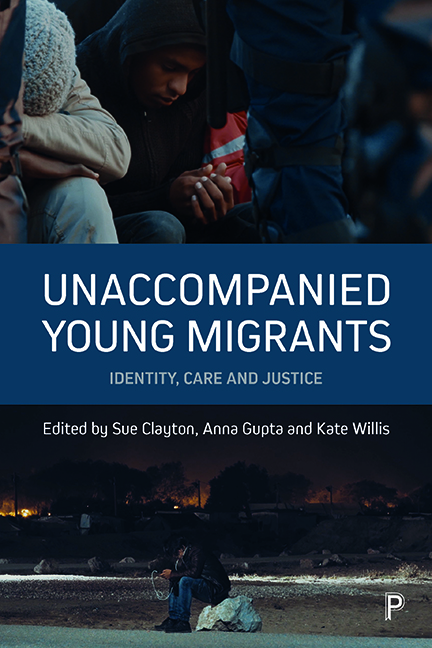Introduction
Published online by Cambridge University Press: 21 April 2022
Summary
‘You have got a swarm of people coming across the Mediterranean seeking a better life. I promise that everything that can be done will be done to make sure our borders are secure.’
David Cameron, UK Prime Minister, 29 July 2015‘Accepting refugee children into the UK is a dangerous strategy – Cameron shouldn't be seduced’
IndyVoices, Independent, 28 January 2016‘Outrage over ‘child’ migrants who will now sit with children in school classrooms’
Daily Express, 20 October 2016‘When people come into our Country illegally, we must IMMEDIATELY escort them back out without going through years of legal manoeuvring. Our laws are the dumbest anywhere in the world. Republicans want Strong Borders and no Crime. Dems want Open Borders and are weak on Crime!’
Donald Trump, US President, 30 June 2018The issue of nationalism has dominated the political agenda of the UK, other European countries, the US and Australia in recent years, with increasingly draconian border controls regarded as the guarantee of a ‘strong nation’. Within this rhetoric, distinctions between regional citizens, economic migrants, refugees and others are frequently obscured as governments and media cast the stranger, the outsider, as a threat and a disruption to perceived national values (Crawley and Skleparis, 2018). What has become known in Europe as the ‘refugee crisis’ of 2015 onwards has further intensified resistance to the ‘swarm’ or ‘stream’ of newcomers, the threat of whose presence was used to justify the aggressive Frontex (European Border and Coast Guard Agency) maritime security operation and the closure of several EU borders to undocumented migrants, as well as to shore up political movements such as Marine le Pen's Front National Party and the UK Brexit ‘Leave’ campaign. Donald Trump's election success can also partly be attributed to his campaign promises to control immigration, especially across the US–Mexican border.
Where does this leave unaccompanied young migrants? In 2015 there were over 90,000 (Eurostat, 2017) such children in Europe, many of whom ought to qualify for protection under international conventions and law, but who are by no means all offered care and protection. While the numbers have declined since the 2015 high point, there are still thousands of young people who are travelling to Europe alone, seeking safety and security.
- Type
- Chapter
- Information
- Unaccompanied Young MigrantsIdentity, Care and Justice, pp. 1 - 12Publisher: Bristol University PressPrint publication year: 2019



